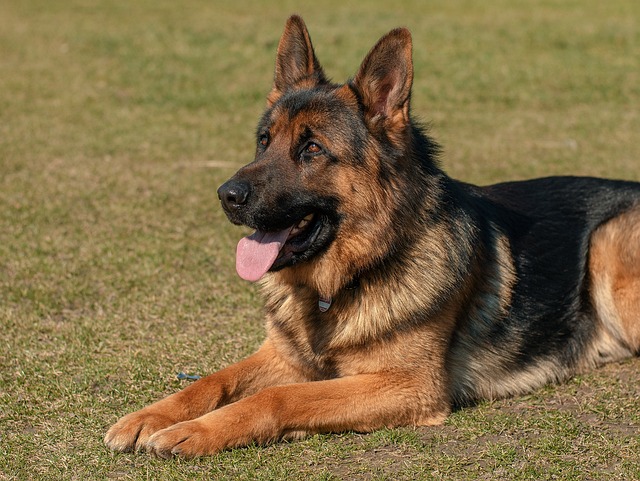
Are Belgian Malinois harder to train than German Shepherds?
Many new dog owners find themselves torn between Belgian Malinois and German Shepherds, wondering if one is truly trickier to train.
Trying to pick the best cooling mat for your dog’s outdoor adventures—whether it’s a trip to the park, lounging on your apartment balcony, or a day at the beach—can feel overwhelming with so many options. But the “best” mat depends on where you’ll use it, your dog’s size, and how much maintenance you want. For new U.S. dog owners, focusing on outdoor-specific features (like durability, UV resistance, and cooling power in heat) takes the guesswork out of keeping your pup comfortable all summer.
The science behind outdoor cooling mats boils down to three effective types, each suited for different scenarios. Evaporative mats are the top pick for most outdoor use: they’re lightweight, affordable, and work by absorbing water then releasing heat as moisture evaporates—perfect for parks or balconies. My friend’s 5-year-old Husky, Koda, stays cool for hours on his evaporative mat at the dog park, as long as she spritzes it with water every 45 minutes. Gel mats work well too, but only in shade—direct sunlight makes their heat-absorbing gel too warm; look for UV-resistant versions if you’re using them on a covered patio. Self-cooling fabric mats (made with heat-wicking material) are low-maintenance but best for mild heat, not scorching afternoons. Avoid cheap plastic mats—they trap heat and tear easily outdoors. Vets remind us no mat replaces shade and water, but the right one adds crucial relief.
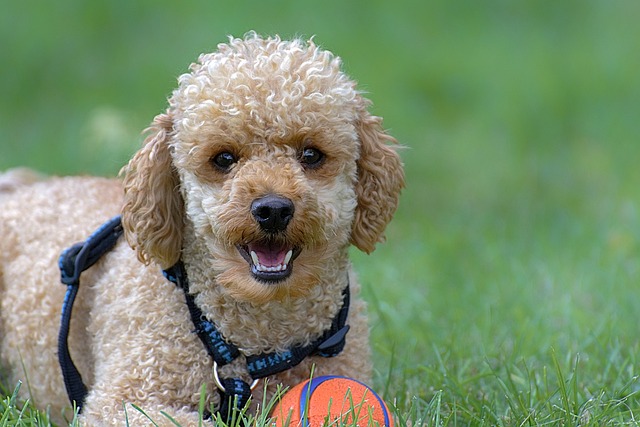
To choose the best mat, start with your main outdoor spot: For trips to the park or beach, go with a foldable, machine-washable evaporative mat (easy to carry in a tote). For your apartment balcony, a thick, chew-resistant gel mat with a non-slip bottom stays put and handles daily use. For large breeds, pick a mat at least 20% bigger than their lying size so they can stretch out. When introducing it, lay a favorite toy on the mat and reward your dog with treats for lying down—positive reinforcement beats forcing them, which violates U.S. animal welfare norms and makes them avoid the mat. Keep evaporative mats damp (not soaking) and gel mats in shade to maximize cooling.
Before heading out with the mat, confirm your dog’s rabies vaccine is up to date—required in all U.S. states—and pack extra poop bags. Leaving messes in public parks isn’t just rude; cities like Austin fine owners up to $250, and hot weather speeds up bacteria growth. Bring a portable water bowl too—cooling mats work best when your pup stays hydrated. On walks to the park, carry the mat folded up to avoid tangles with the leash.
The best outdoor cooling mat fits your lifestyle and your dog’s needs. With the right pick, you’ll both enjoy summer days without overheating.

Many new dog owners find themselves torn between Belgian Malinois and German Shepherds, wondering if one is truly trickier to train.

If you’ve got a 2-year-old Husky bouncing around your home, you might’ve noticed their boundless energy makes potty training feel like a moving target.

You’ve just brought home your fluffy Labrador Retriever puppy—excited to play, but already noticing they chew your shoes or have accidents on the rug.
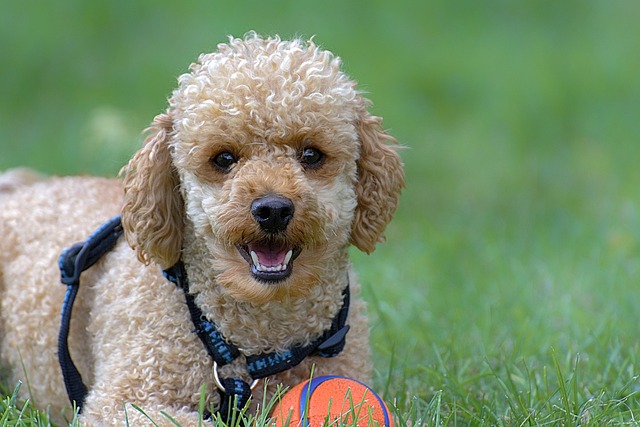
Trying to pick the best cooling mat for your dog’s outdoor adventures—whether it’s a trip to the park, lounging on your apartment balcony, or a day at the beach
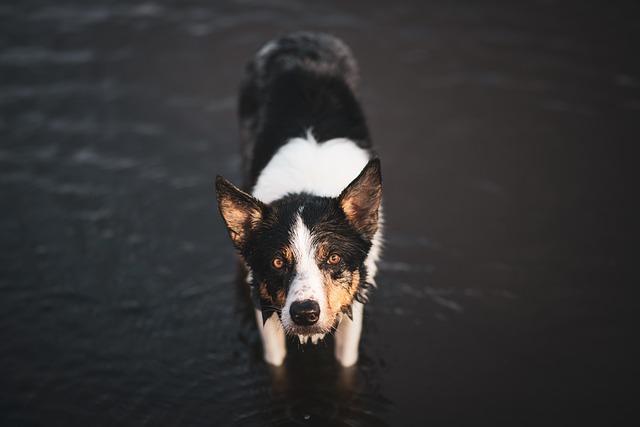
Bringing home a German Shepherd and hoping to train them as a reliable guard dog is exciting, but it starts with understanding their unique needs—this breed is smart, loyal, and thrives on structure, not just commands.
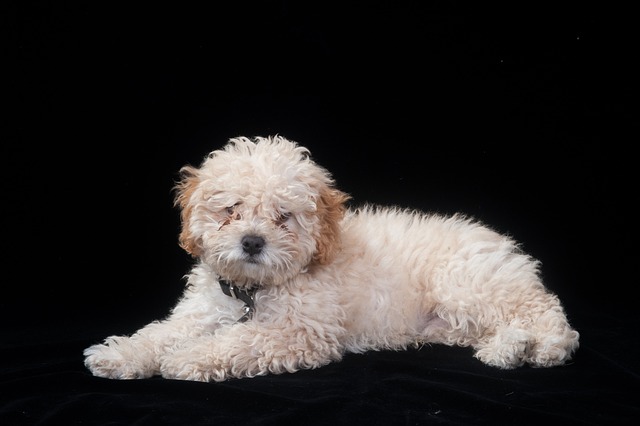
The notion that you can’t teach an old dog new tricks is one of the most persistent and inaccurate myths in the dog world.